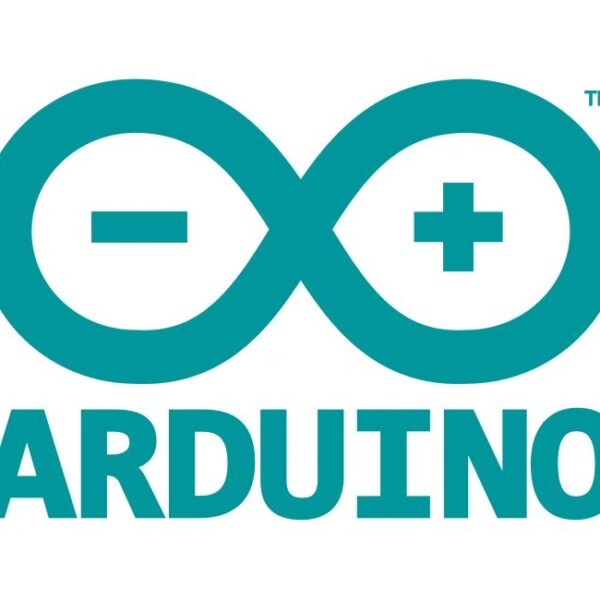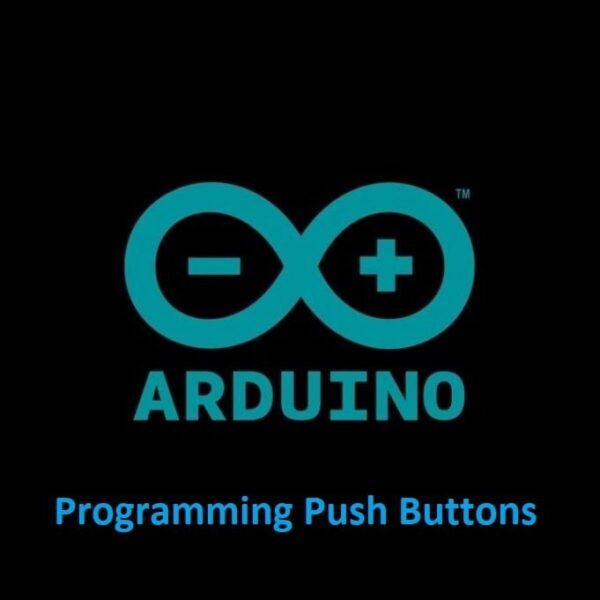IR Module: Programming the IR Module with Arduino
What is the Infrared Module used for? The IR module and a remote control can be used with an Arduino to enable wireless communication and control of electronic devices. Infrared communications are widely used for remote control applications, like controlling TVs, air conditioners, and other appliances.Updated Information: This guide has been re-written because of the latest update to the IRremote.h library. The old code from version 2 of the library that I used for this guide in 2020 no longer…











